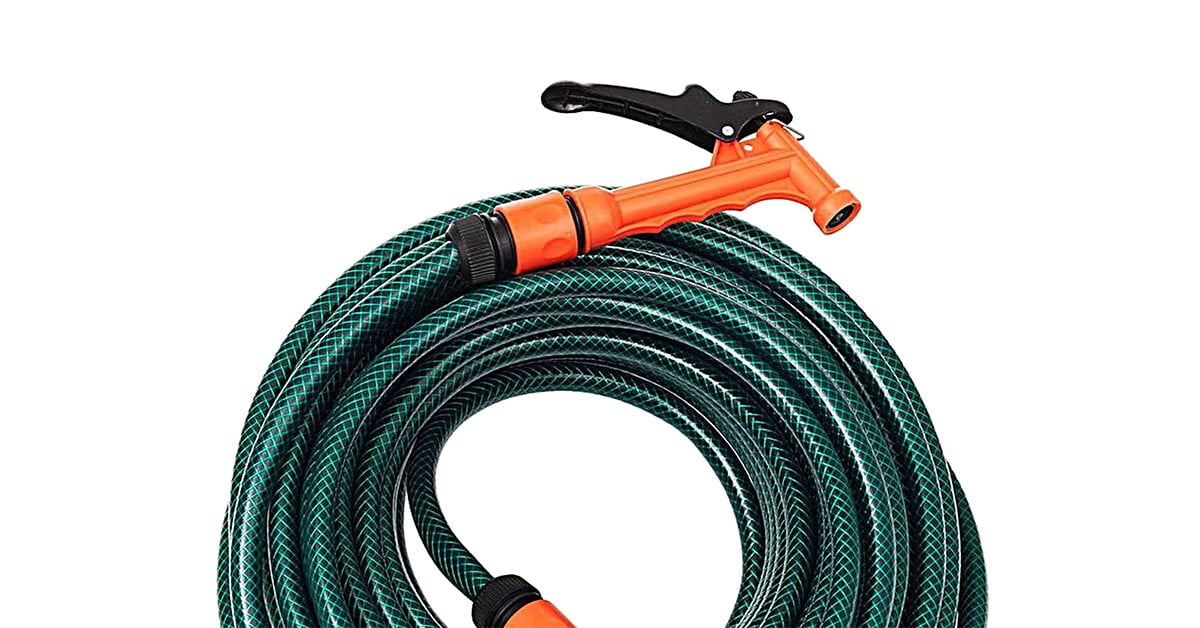
Over the decades we have been installing camera systems we have seen many times that cameras get water in them and the client assumes this is a warranty claim as they are IP66 rated.
So firstly, let’s look at this rating.
IP66
Able to protect against powerful water jets.
Water projected in powerful jets (12.5 mm nozzle) against the enclosure from any direction shall have no harmful effects.
Test duration: at least 3 minutes (3 minutes of water does not create the same issues as days at a time in storm season).
Water volume: 100 litres per minute (this is at the nozzle).
Pressure: 100 kPa at distance of 3 m (this may equate to very little pressure at the camera).
This all sounds like they are quite waterproof, however these specifications are misleading, let’s look at some household pressures that put this into perspective, as you can see, these numbers are significantly above the approved limit.
A water jet cleaner, like a Gernie is around 10,000 kPa, 10,000% greater than the camera can handle.
A garden hose without a nozzle is around 250 kPa, 250% greater than the camera can handle.
A garden hose with a jet nozzle can be around 2,000 kPa, 2,000% greater than the camera can handle.
Clearly these water jets are well above the guaranteed measure.
Now to discuss wind, as we know there are many times gusts of wind reach up to and over 100kph, with around 125kph enough to start lifting or moving heavier objects. Combine this with heavy rain and you have a situation where your 100kPa is again well exceeded and your camera may get water injected around the seals or threads.
So what does this all mean you may ask, well it means that if you hose your cameras, install them directly in exposed weather (unless they are bullet style), Gernie them or otherwise allow them to be wet and hit by harsh wind, they will probably get water ingress which will eventually kill them, and these issues do not form a valid warranty claim as the manufacturer’s only warranty against the IP66 specifications.
When cleaning your cameras, use a damp microfibre cloth and do not leave them wet, when installing them, even if they are weather proof, they belong under an eave unless they are in a housing or have a stronger IP rating, and remember direct sunlight will also damage your cameras and cause wear on the seals, further reducing the cameras ability to withstand the harsh Australian elements.
So to keep your cameras healthy and clean.
- Always mount under eaves or away from direct weather exposure, particularly domes/turrets, bullet cameras can handle direct weather.
- Never allow water to hit them directly
- Clean your cameras gently with a damp microfibre cloth
If you follow the above tips, your cameras will last a lifetime and will always deliver crystal clear images like the day they were installed.

